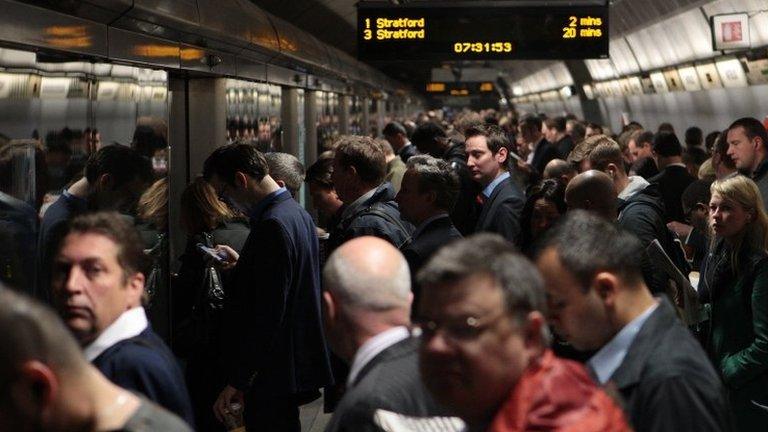London Underground: Designs for Tube trains unveiled
- Published
New Tube for London
Designs for 250 London Underground (LU) trains have been unveiled as part of an upgrade which could cost about £16bn.
The trains will be installed on the Piccadilly, Central, Waterloo & City and Bakerloo lines from the mid-2020s.
They will have walk-through carriages similar to the new Metropolitan, District and Circle line trains.
However, the RMT union said it was "deeply concerned" the trains will have the capacity to be driverless. LU said they would initially be operated.
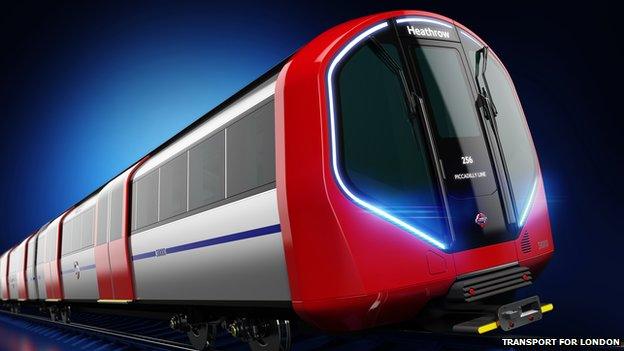
The New Tube for London has been designed by consultancy PriestmanGoode

The trains will have wider doors and eradicate the "gap" between platform and carriage at some stations
General secretary of the union, Mick Cash, said: "RMT has made it clear repeatedly that any moves towards the lethal and cash driven nonsense of removing drivers on London Underground would be resisted through the most robust industrial and political campaign of opposition."
A spokesman for Transport for London (TfL) said no driver would lose their job, adding that if a decision was made to go driverless it would be phased in.
Finn Brennan from Aslef, the train drivers' union, said they would always oppose automated trains because the single-track, Victorian infrastructure was designed to be negotiated by drivers.
Currently, the Docklands Light Railway service operates driverless trains but its infrastructure only dates back to the 1980s.
'Improved' capacity
For the first time on deep-level sections of the Tube, the 250 trains, which are expected to cost up to £2.5bn, will have a mechanised air-cooling system built in.
They will also have improved accessibility, with step-free access from the platform and more space for wheelchair users.
London Underground said the trains would improve capacity by:
The Central line by 25% (the equivalent of up to 12,000 customers per hour)
The Bakerloo line by 25% (the equivalent of up to 8,000 customers per hour)
The Waterloo & City line by 50% (the equivalent of up to 9,000 customers per hour)
The Piccadilly line by 60% (the equivalent of up to 19,000 customers per hour)
It is hoped that the trains will remain in service for more than 40 years.
Mike Brown, the managing director of London Underground, said the trains would help them keep pace with the city's growing population.
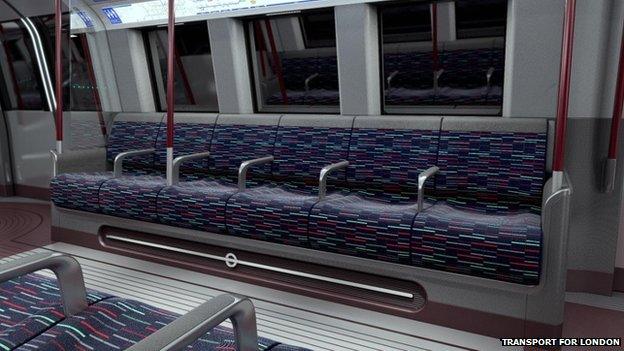
The new Tubes will feature a walk-through design and air-cooled carriages
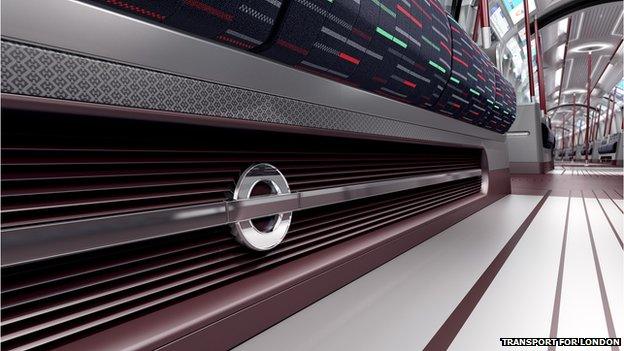
The colour palette of charcoal, grey and oxblood has been "inspired by the heritage of London"
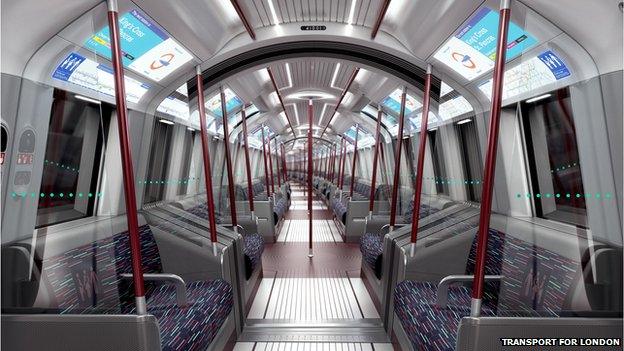
The trains will be installed on the Piccadilly, Central, Waterloo & City and Bakerloo lines
Automated trains
In his re-election manifesto of 2012, Mayor of London, Boris Johnson promised driverless trains on the Underground within the next 10 years, saying he would not buy Tube trains with drivers' cabs.
But Aslef spokesman Mr Brennan said: "Trains won't be capable of going driverless until at least 2030 so promises of quick change is fantasy," said Mr Brennan.
Mr Johnson responded: "What we are doing now is getting a new tube train that will allow full automation and you can't bring them in from day one with a fully driverless system as you have to have them all running on the line."
He added "automation is going to come" and the new trains were a "great step forward".
The images of the trains, which were designed by PriestmanGoode, will be on show at King's Cross St Pancras station until 16 November.
A formal invitation to tender is expected to be issued early next year and a contract to build the new trains to be awarded in 2016.
The first train is expected to come into service on the Piccadilly Line in 2022.
- Published26 March 2012
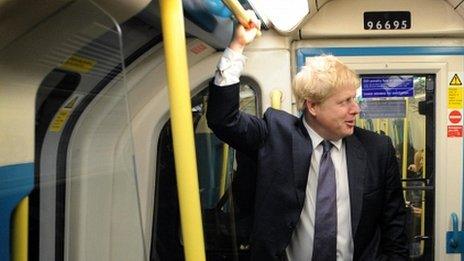
- Published31 October 2011
- Published3 October 2014
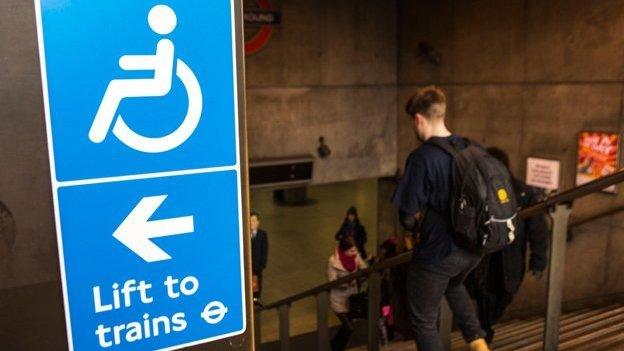
- Published8 October 2014
